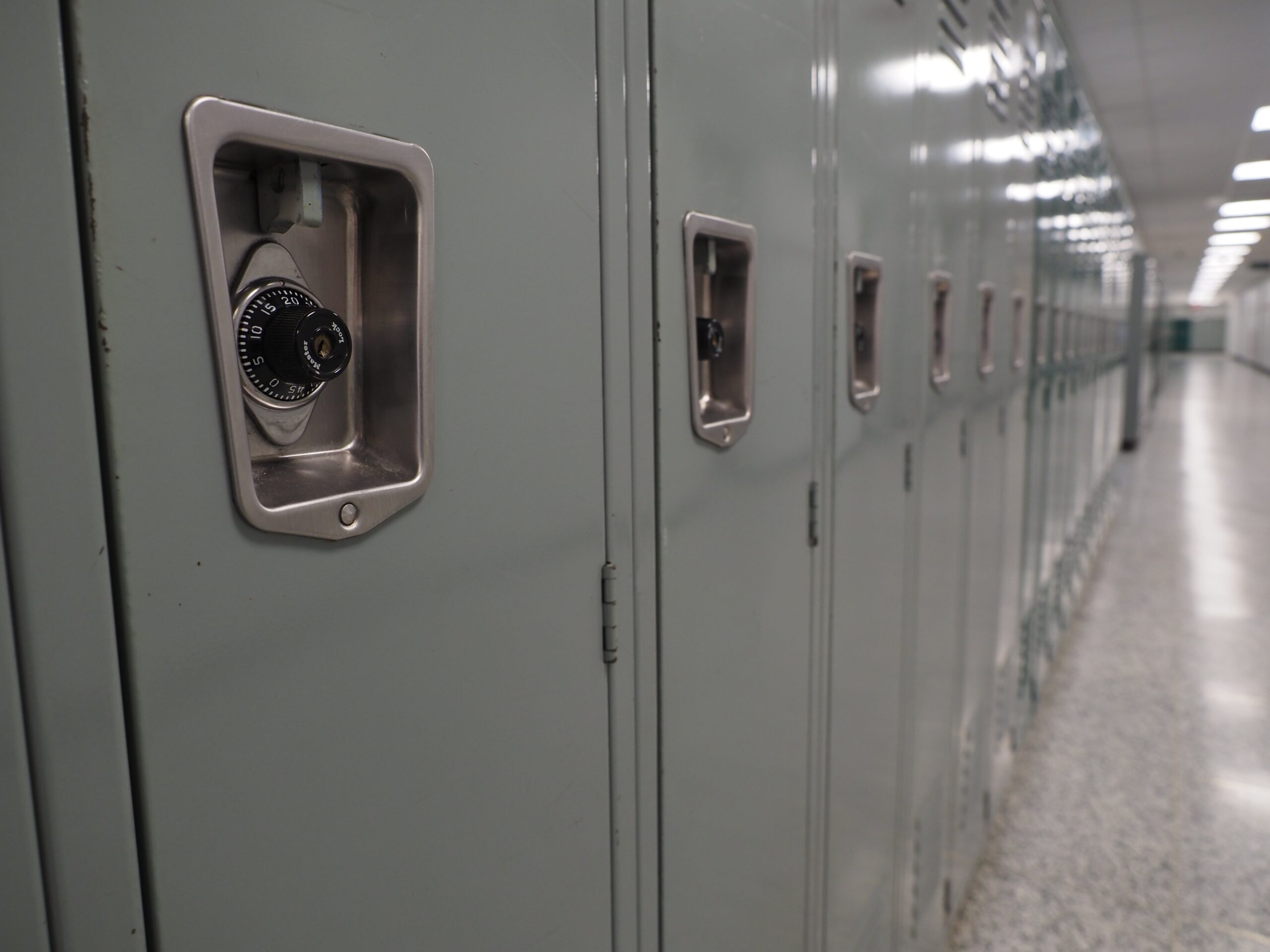Note: The Ohio Department of Education and Workforce submitted erroneous statistics for this story’s initial publication in early August. This version includes the accurate funding that the U.S. Department of Education, through Ohio DEW, is providing to local school districts, charter schools, colleges, and community organizations in Ohio.
Columbus, Ohio After President Donald Trump’s administration announced it would unfreeze $5.5 billion it had previously been withholding from states, Ohio’s local districts, charter schools, education service centers, community organizations, and universities are expected to receive about $169.8 million in federal education funds.
Among other things, the funds will support academically oriented after-school activities, English language training for immigrants, and professional development for educators.
In addition, Ohio DEW received around $11.2 million from the federal government to support these programs.
All of the funds have been sent to Ohio DEW by the federal government, with the exception of $59.6 million from one of the award programs, which should arrive on October 1, according to DEW spokesperson Lacey Snoke.
Of the $6.8 billion federal allocation, 184.8 million went to Ohio last year.
1,018 schools and programs will receive the $169.8 million over the course of the upcoming months.
The Cleveland Metropolitan School District in Cuyahoga County will get $6.7 million. The allocation of $890,000 is for the Euclid City School District. The amount to be given to the Parma City School District is $786,000.
Columbus City School District is anticipated to receive $8.5 million outside of Cuyahoga County. $5.1 million will be given to the Cincinnati City School District.
Additionally, funding will be given to dozens of charter schools, commonly referred to as community schools. For example, $32,500 is going to the Cleveland College Preparatory School. $112,000 will go to the Columbus Humanities, Arts, and Technology Academy.
The nation’s only federal after-school program, 21st Century Community Learning Centers, is scheduled to award $41 million in financing to other groups. These centers offer academic enrichment in basic areas outside of school hours.
The YMCA of Greater Akron, which is set to get $360,000, and the Boys and Girls Clubs of Northeast Ohio, which serves the Cleveland area and six neighboring counties, as well as Cuyahoga County, are two examples of organizations that are slated to receive 21st Century financing.
The five grant programs are described below. The schools and organizations that receive the funds are shown in the table below.
-
Title I, Part C, for improvingmigrant education
-
Title II
, Part A, to improve the quality and effectiveness of educators through professional development
-
Title III works for improving instruction forEnglish language acquisition
-
Title IV, Part A,to improve achievement
by providing students a well-rounded education, improve school conditions, enhance technology and digital literacy
-
Title IV, Part B,for 21st Century Community Learning Centers
that provide academic enrichment in core subjects outside of school hours; the only federal after school program
The loading process
School districts get grants under Titles II, III, and IV-A based on a formula. According to Snoke, the 21st Century initiative is a competitive award.
On June 30, the U.S. Department of Education informed DEW and other state education agencies that it would not be allocating the funds right away and that it was reviewing the programs that were scheduled to get funding.States were informed by the end of July that the funds needed to be allocated to agency priorities.
Trump faced pressure from members of his own party, including ten Republican senators, who demanded that their states receive the funds after several Democratic states sued the government over the funding hold.
The funds only make up a modest portion of Ohio’s overall federal education support. According to a state study, Ohio public schools earned $3.2 billion from the federal government last year.
Supporters of the programs, however, asserted that they are transformative.
Stories by
Laura Hancock
-
Sherrod Brown officially announces he s challenging U.S. Sen. Jon Husted: Capitol Letter
-
Cleveland State University reinstates U-Pass transit with new restrictions
-
$45M in grants to boost reading programs in 33 Ohio schools, districts
-
Cleveland State reinstates U-Pass program, limited to full-time students
Despite the month-long financing freeze, groups and schools made an effort to continue their operations.
DEW takes aggressive measures to notify and support districts in the face of U.S. Department of Education delays, she added. Until current-year allocations (were) confirmed, districts were permitted to use any residual federal grant dollars from previous years for qualified needs, such as summer professional development. Districts can submit their plans for approval and start spending in accordance with those allocations as they become available. While waiting for their federal plans to be approved, districts might alternatively use state or local monies and ask for repayment.
The Trump administration only stated that it was conducting a review and gave scant explanations for why it withheld the funds.
The U.S. Department of Education informed Ohio and the other education agencies that funding must be used in a way that does not discriminate when it informed states that it was distributing the cash.
The Department of Education stated that it plans to take appropriate enforcement action, including under section 451 of the General Education Provisions Act (GEPA), which may include the recovery of funds under section 452 of GEPA, to the extent that a grantee uses grant funds for such prohibited activities.
This story was drafted using artificial intelligence.






